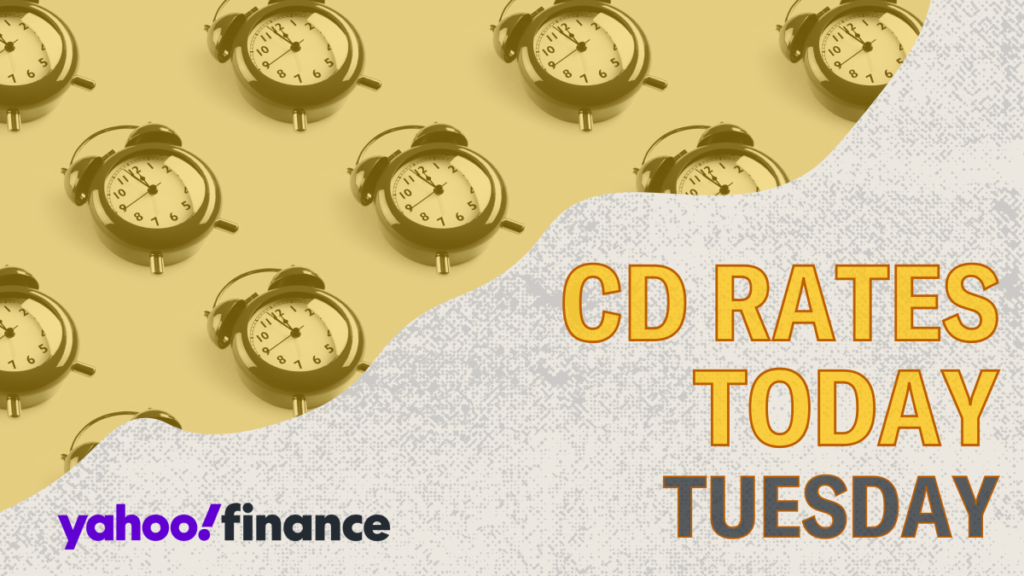Last month, the Federal Reserve made the decision to lower the federal funds rate, which has subsequently led to a decrease in deposit account rates across the board. Despite this trend, individuals still have the opportunity to secure competitive returns through certificates of deposit (CDs). Today, many of the best CDs are offering interest rates exceeding 4%, allowing savers to preserve their earning potential in a declining rate environment. This summary will review the current landscape of CD rates, including where to find the most attractive offers, historical trends, and critical factors to consider when selecting a CD.
As of October 2024, CD rates are significantly higher compared to traditional savings accounts. Short-term CDs, typically ranging from six to 12 months, are currently offering annual percentage yields (APY) between 4.00% and 4.50%. Some institutions even provide rates as high as 5% APY for select CDs. Medium-term CDs, lasting from one to three years, maintain similar interest rates, though slight declines are observed with longer terms that exceed three years, which often settle at around 4% or less. In particular, Barclays Bank stands out with the highest APY at 5.00% for its 6-month CD, followed closely by BMO Alto with a 1-year CD offering 4.50% APY, both with no minimum deposit required.
The historical context of CD rates reveals a turbulent relationship with economic conditions over the years. The 2000s initially saw a rise in CD returns, driven by the tech boom and later disrupted by the financial crisis in 2008. As the economy struggled to regain footing, the Federal Reserve’s target rate fell sharply to stimulate recovery, leading to lower CD rates; by 2009, the average one-year CD was yielding only around 1% APY. This declining trend persisted into the 2010s, exacerbated by the Fed maintaining near-zero interest rates as part of its economic stimulus efforts post-Great Recession. It wasn’t until the Fed began increasing rates from 2015 onward that CD rates saw a modest improvement, but the COVID-19 pandemic caused another decline as emergency rate cuts were implemented.
However, following the pandemic, the economic landscape shifted dramatically due to soaring inflation rates. In response, the Fed raised interest rates 11 times from March 2022 through July 2023, resulting in higher yields on various savings products, including CDs. In September 2024, the Fed decided to lower the federal funds rate after confirming that inflation was under control. While CD rates have started to adjust downward from their peaks, they remain historically high, signaling a unique moment in the financial market.
Traditionally, the yield on longer-term CDs has surpassed that of shorter-term options due to the increased risk of locking funds away longer and potentially missing out on more favorable rates in the future. Nevertheless, current performance challenges this norm, as the highest average CD rate is now found within the 12-month term. This inversion of the yield curve sheds light on market uncertainties and changing investor expectations around future interest rate movements. Consequently, when deciding between short and long-term CDs, savers need to carefully assess their financial strategy against potential rate fluctuations.
Selecting the optimal CD involves more than just seeking the highest APY. Various considerations fundamentally influence how well a CD aligns with individual financial needs. First, savers should evaluate their personal financial goals, specifically how long they can afford to lock away their funds. Since most CDs come with specific terms that incur penalties for early withdrawal, assessing one’s cash flow needs is essential. Additionally, prospective investors should explore rates from multiple types of financial institutions. Online banks often present higher rates due to reduced operating costs, but it’s crucial to ensure they are FDIC or NCUA insured for added security.
Finally, savers must pay attention to details such as account terms and the impact of inflation. Understanding the specific conditions tied to the CD is essential, including any minimum deposit requirements and withdrawal penalties, which may inhibit liquidity. While CDs provide a relatively secure investment and fixed returns, they may not always outpace inflation, especially over longer durations. Therefore, individuals considering CDs must weigh their investment amount and term against potential inflation risks to ensure the best strategy for their financial future. As market conditions evolve, maintaining an informed approach will be vital for optimizing savings through certificate deposits effectively.

